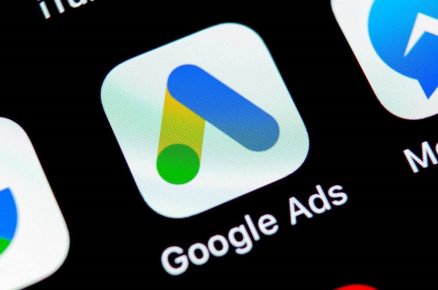T-Mobile lays claim to upending the consumer cellular organization with its self-described “Un-Carrier” relocations, and to a big degree, the business’s executives are best to crow. If your mobile phone uses an unrestricted information prepare –– whether it’s from T-Mobile, AT&T, or Verizon –– you can chalk that as much as competition ginned up by T-Mobile.
Now, the second-largest wireless provider wishes to do the same in the business cellular market, utilizing the protection benefit of its 5G network in addition to a brand-new suite of products targeting small, medium, and enterprise companies. Called T-Mobile WFX, the initiative announced today offers organization customers real unlimited 5G for its workers’ phones; a wireless broadband service to offer employees a trustworthy internet connection while working from the house; and partnership software that can replace a PBX and complete with Slack, Zoom and Ring Central.
The offerings, which will be presented this month, were developed to attract services coping with life in the pandemic, as workforces are spread and resources are strained.
T-Mobile has a big hill to climb, with AT&T and Verizon together owning 91 percent of the organization market for cellular service, stated Mike Katz, T-Mobile’s executive vice president of business. A lot of that pertains to the carrier’s previous history of underperforming when it comes to its network capabilities.
“What had historically held us back from (competing) was a network,” Katz said. “We didn’t have a network yet that might complete ubiquitously the very same way that AT&T and Verizon could. A couple of years ago that altered in the LTE environment.”
Improvements in the coverage and reliability because the network, in addition to its nationwide adoption of 5G, makes it more of a contender, he stated.
Prior to its new lineups, T-Mobile structured its organization cellular services comparable to those of its competitors. Companies are charged per-line and the collective staff members’ phones share pools of information. There are overage expenses when those swimming pools were exhausted.
The three products revealed today include:
- T-Mobile Business Unlimited, data plans that, like the provider’s consumer offerings, are genuinely unrestricted. They likewise come with hotspot gain access to that lets staff members tether computer systems and tablets to their phone’s mobile service. Rates start at $37 per line, Katz said, and while they might be higher in many cases than rivals, the absence of overage costs make them money-savers.
- T-Mobile Office Web, which develops a home broadband network by connecting to the company’s 4G and 5G cell service and after that sharing it out with WiFi. Katz said companies can provide this for their workers however it complements their current house broadband service, instead of changing it. Companies can lock down the service so staff members can’t use it for non-work activities such as streaming films or online video gaming. It also segregates a worker’s traffic from other house employees or online students.
- T-Mobile Collaborate, a service in collaboration with Dialpad that can turn a collection of workers’ cellular phones into a workplace network, a virtual variation of a PBX. It likewise consists of video and voice conferencing and an artificial intelligence-based transcription service that can flag action items throughout the conversation.
For T-Mobile, the stakes are high. Experts say the company is searching for brand-new opportunities for development, and business-class mobile items and services are an opportunity for the provider. Polaris Marketing research estimates the 5G business market will grow to $31.4 billion internationally by 2027.
Anshel Sag, a mobility expert with Moor Insights & & Technique and a Forbes contributor, said as incumbents, AT&T and Verizon are formidable competitors with a commanding market share. Sag concurred with Katz that the key is convincing businesses of the quality of T-Mobile’s network.
“I’ve been a T-Mobile customer for more than a decade, and 10 years ago their coverage was not excellent,” Droop said. “They’ve been enhancing their speeds and coverage, and with the acquisition of Sprint, they’re now a large provider and can be a competitive player in the enterprise area.”
Sag said the brand-new lineup has a shot at “chipping away” at AT&T’s and Verizon’s grip on the market, however “they have more things to do continue that momentum.”
The carrier has remained in the process of reorganizing its consumer as well as service strategies to take benefit of its 5G network, which utilizes both lower- and mid-band spectrum, the later it got in its Sprint acquisition. Recently, T-Mobile revealed new customer and senior strategies that stressed its 5G network.
Both AT&T and Verizon initially marketed their super-fast speed 5G networks which utilize a high-frequency technology called millimeter wave, or mmWave. While it can provide download speeds that are significantly greater than lots of home wired web connections, its signals can’t take a trip extremely far and can’t penetrate structures, things, or perhaps foliage.
Because mmWave innovation needs a thick collection of little cell towers to work, it is primarily discovered in city areas where people gather. Verizon, though, has been pressing its mmWave item, referred to as Ultrawideband, into neighborhoods in some cities around the country.
Both rivals have considering that switched on lower-band 5G networks however they aren’t much faster –– and in many cases, even slower –– than LTE information networks. Both AT&T and Verizon invested billions of dollars in an FCC auction of newly available mid-band spectrum which will make them more competitive, but those services aren’t anticipated till the end of this year or early in 2022.









